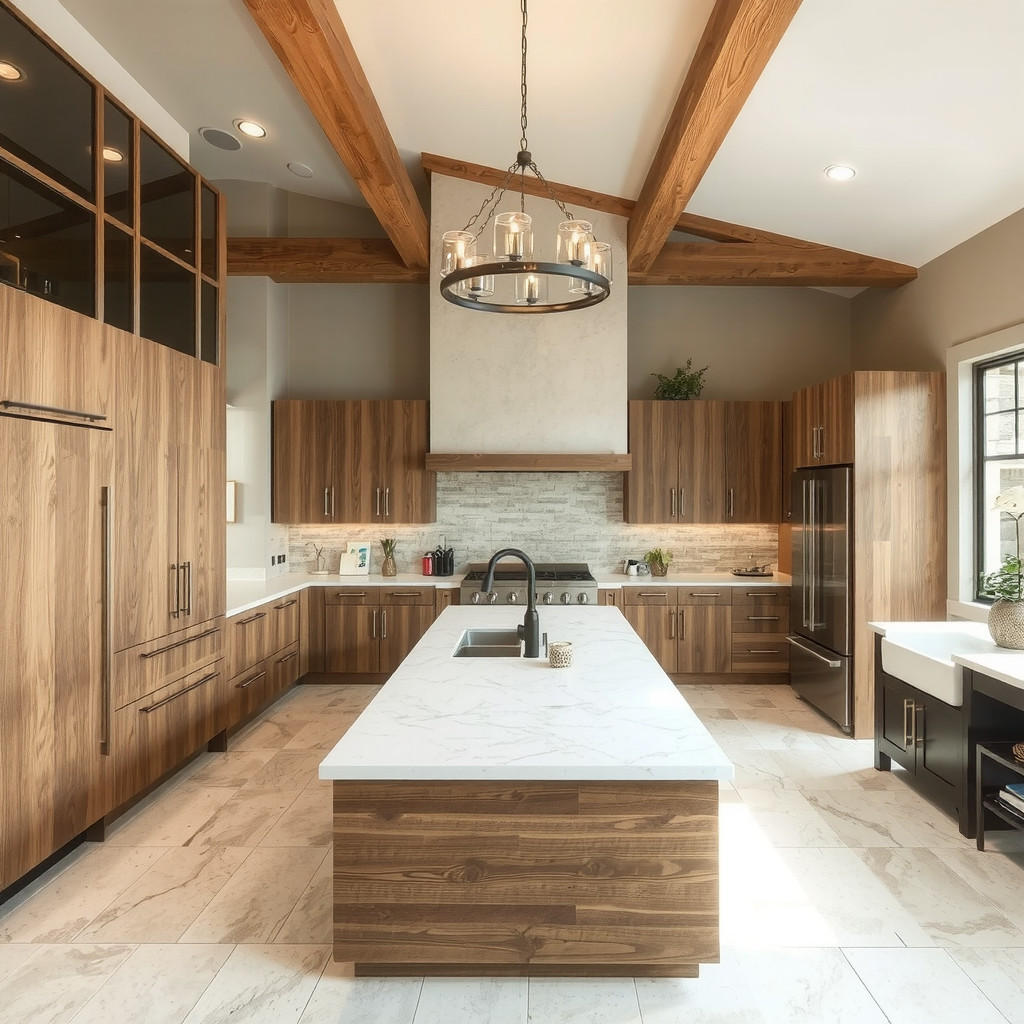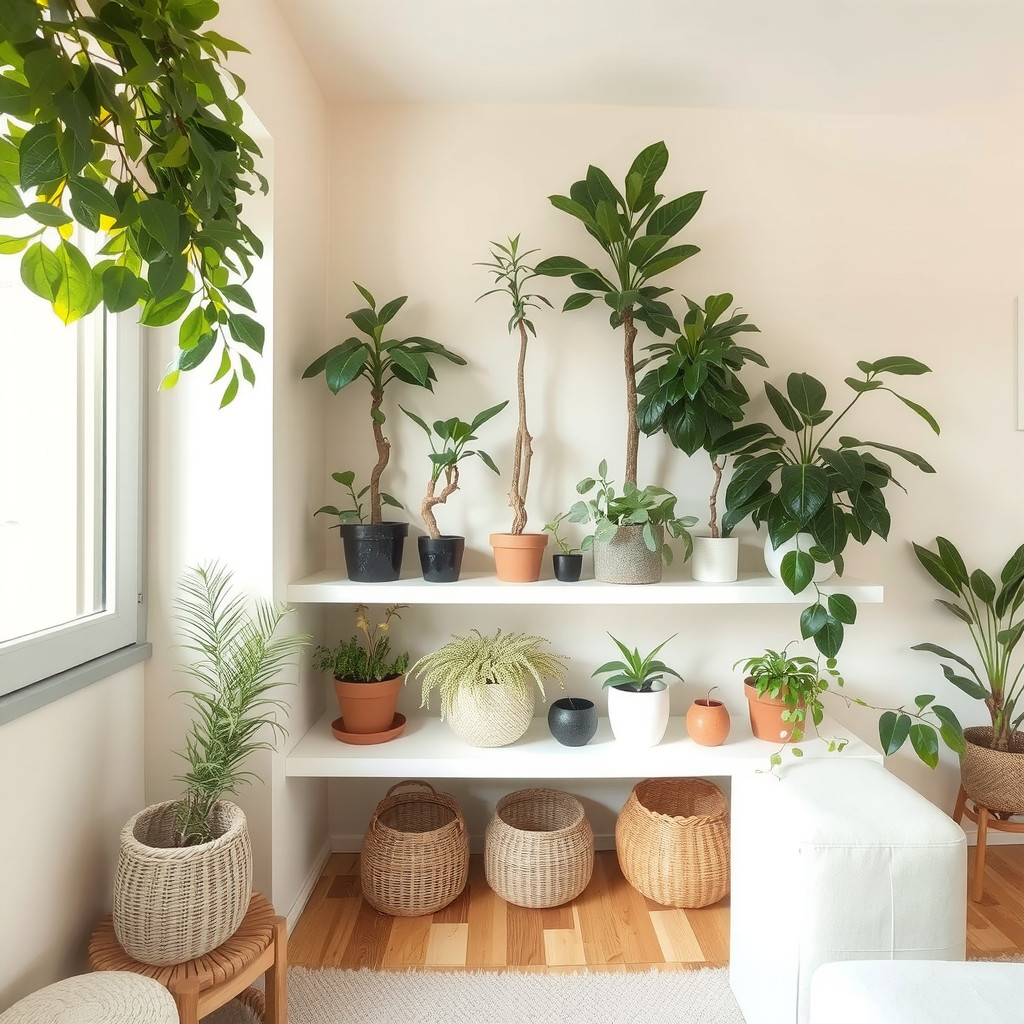ADVERTISEMENT
Introduction
Indoor plants are a great way to bring life and freshness into your home. You can choose from a variety of plants, each with its unique characteristics and benefits. When selecting indoor plants, consider the amount of light your space receives, as well as the temperature and humidity levels. 
Layout and Positioning
To create a beautiful and inviting atmosphere, think about the layout and positioning of your indoor plants. Consider placing larger plants in corners or against walls, while smaller plants can be placed on shelves or side tables. You can also hang plants from the ceiling or place them on a plant stand to add visual interest. 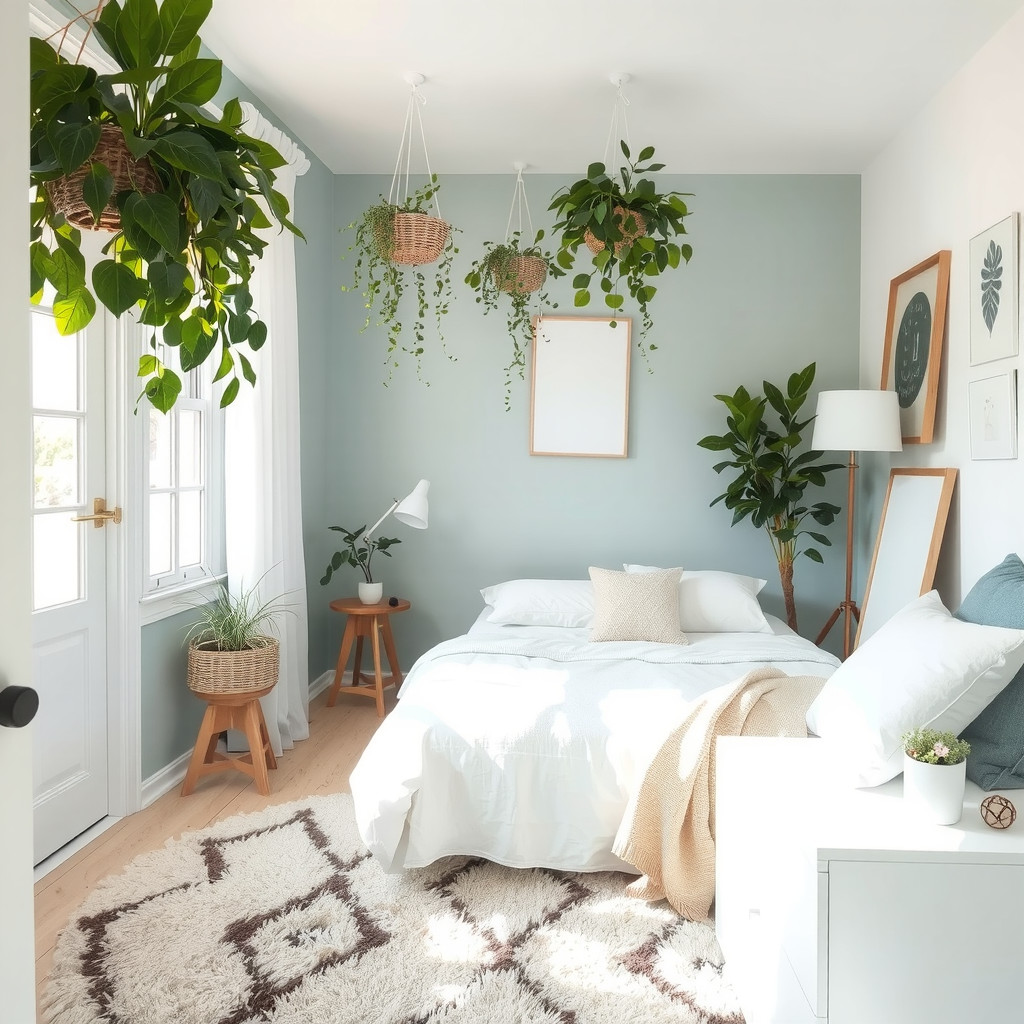
Materials and Textiles
The materials and textiles you use to display your indoor plants can greatly impact the overall aesthetic of your space. Choose planters that complement the style of your home, such as ceramic, wood, or metal. You can also add a decorative touch with plant covers or macrame hangers. 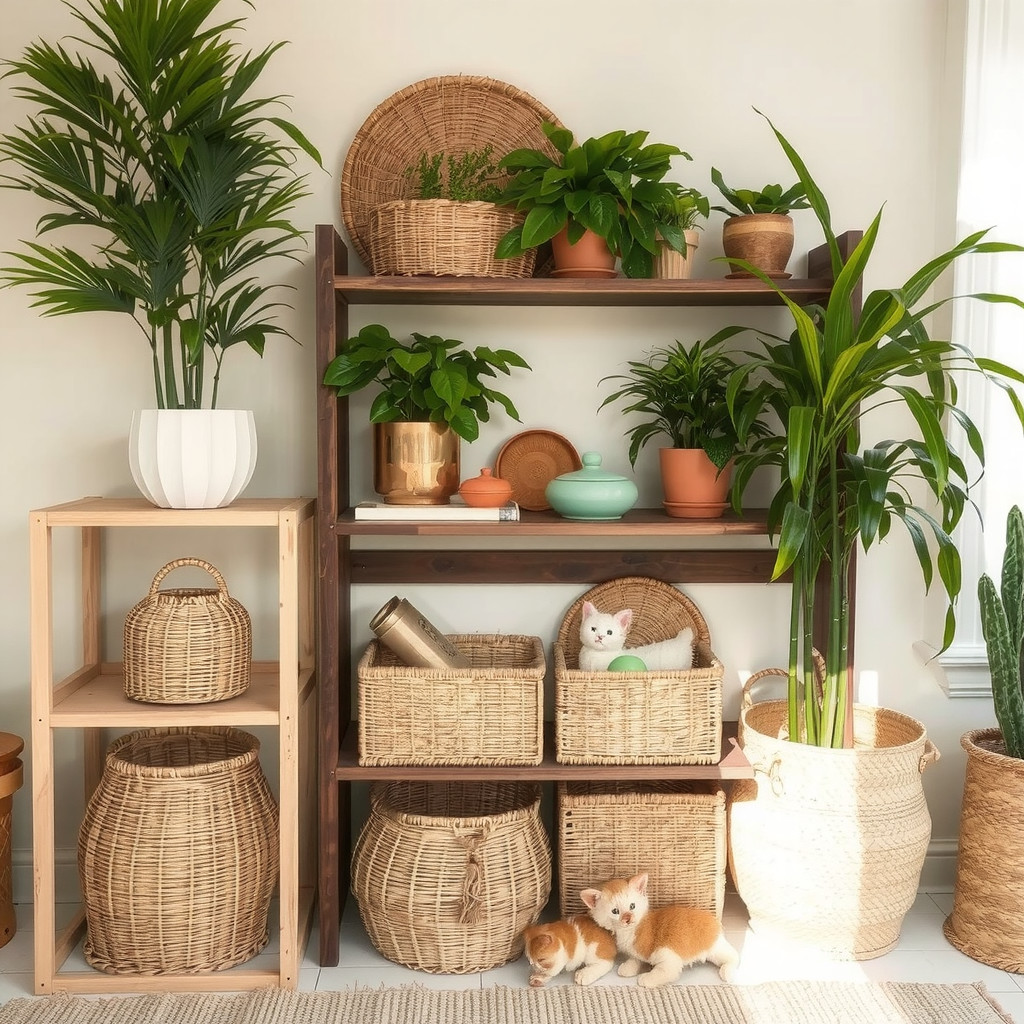
Focal Points
Indoor plants can be used to create focal points in your home. Consider placing a statement plant, such as a fiddle leaf fig or a bird of paradise, in a prominent location. You can also group smaller plants together to create a beautiful display. 
Lighting
Lighting can greatly impact the health and appearance of your indoor plants. Consider using grow lights or placing plants near a sunny window to provide the necessary light. You can also use string lights or fairy lights to add a warm and cozy ambiance to your space. 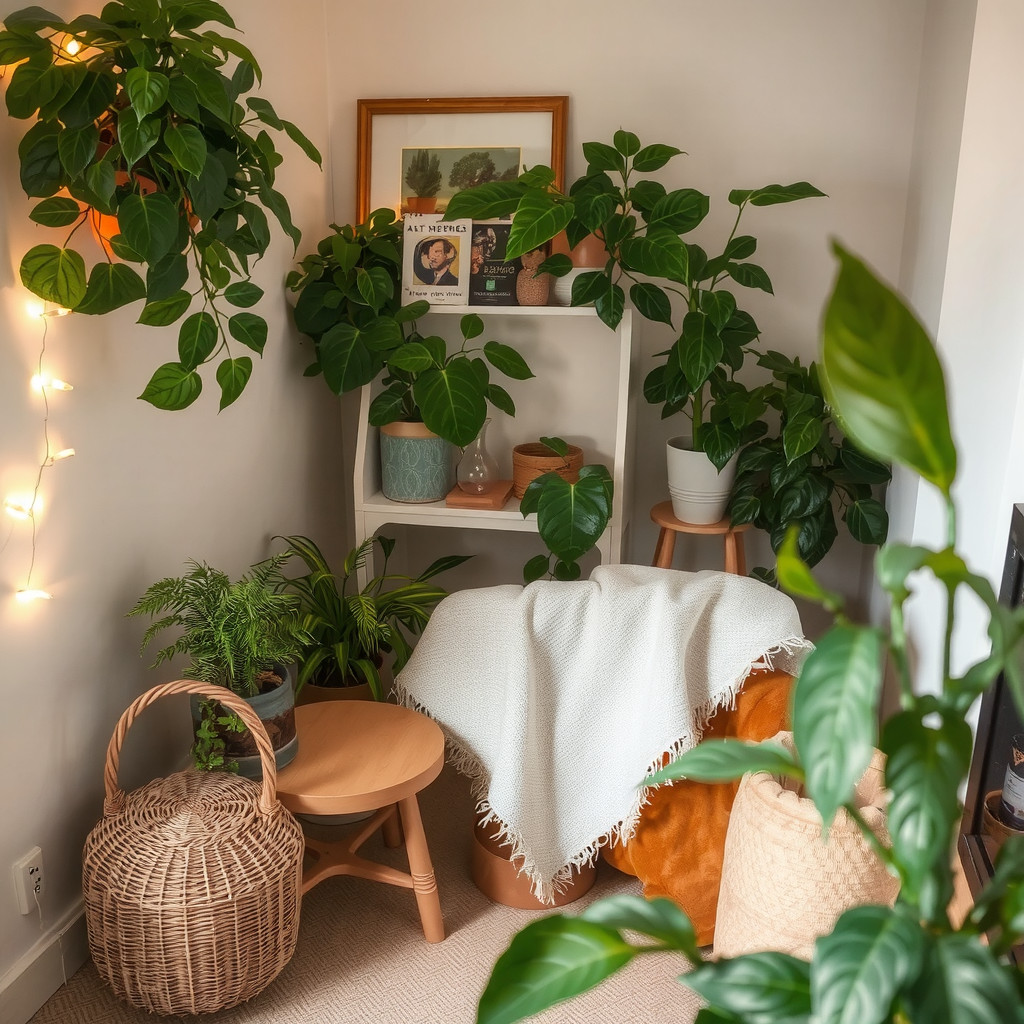
Greenery
In addition to indoor plants, you can also use other forms of greenery to add a touch of nature to your home. Consider using a vase with fresh flowers or a bowl of river rocks with moss. You can also create a living wall or a vertical garden to bring in more greenery. 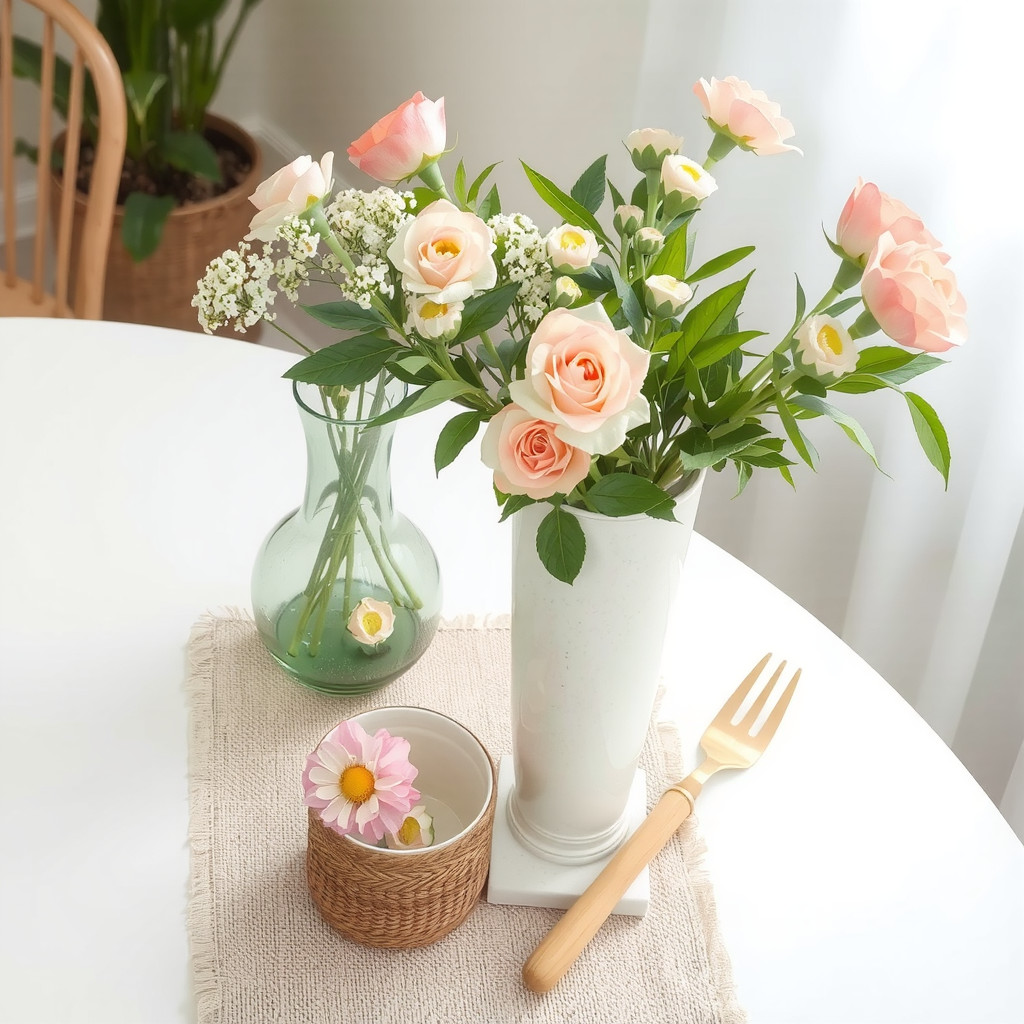
Tips
- Choose low-maintenance plants if you have a busy schedule
- Water plants regularly, but avoid overwatering
- Fertilize plants during the growing season
- Prune plants to maintain shape and promote healthy growth
ADVERTISEMENT
